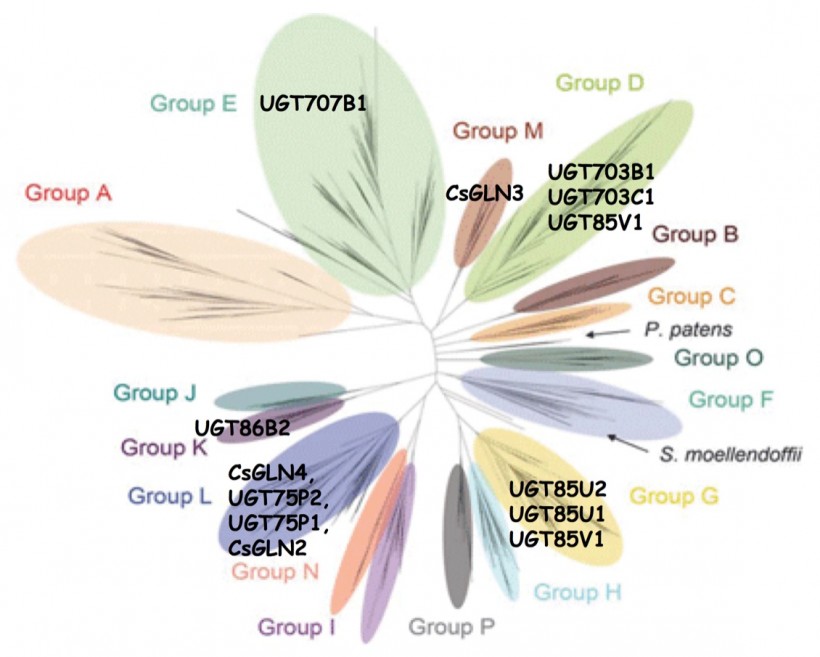Summary
Plants are able to synthesize several thousand different low-molecular-weight compounds defined as secondary plant metabolites. There are three main classes of secondary metabolites: phenolics, nitrogen-based compounds, and terpenes. Large spectra of secondary metabolites exhibit various important physiological roles in plants, including defence against pathogens, adaptation to extrinsic abiotic factors, antioxidative and ultraviolet protection, and lignification. Part of these metabolites are glycosylated. A broad range of different carbohydrate moieties can be added, recruiting all forms of sugars independently (monoglycosides), in parallel, or in chains (di-, tri-glycosides, etc.). This gives rise to a broad spectrum of glycosidic structures for any given aglycone. Both glycosylation and hydrolysis of the glycosidic linkage in secondary metabolites can alter the biological activity, chemical stability and water solubility of these metabolites. Different glycosidic structures for any given secondary metabolite suggest the existence of different families of glycosyltransferases (GTases) and glycosidases (GHases) that act on these compounds. These enzymes are involved in defence, lignification, detoxification, floral development and pigmentation. The number of expressed GTases and GHases involved in secondary plant metabolism and the substrate specificities of these enzymes remain largely unknown. The main goals of the proposed project are therefore to investigate the GTases and GHases enzymes responsible for the secondary modifications that alter the properties of plant secondary metabolites. To do this, Crocus sativus will be used as a model system to study the accumulation and modifications of specific compounds of biotechnological interest: apocarotenoids and flavonoids. With the results obtained we expect to generate knowledge and new tools for future biotechnology applications.


